Things you need to know before Revising Your Server Storage

A server for storage is a kind of server that is utilized to store, get to, verify and oversee advanced information, documents, and administrations. It is a reason manufactured server utilized for putting away and getting too little to the enormous measure of information over a common system or through the Internet.
We will discuss as to what change you can bring to your current server storage options.
Overview
A storage server is commonly less amazing than a standard server, yet has more extra room, stockpiling access interfaces and particular information recovery and the executive's utilities. A storage server, for the most part, fills in as an essential issue of access for information stockpiling and access. Neighborhood customer hubs and remote PCs get to the storage server through a GUI control board and FTP or automatic API access by programming and applications. It very well may be utilized for routine or much of the time utilized information stockpiling and access, or it can fill in as a reinforcement server for putting away reinforcement information.
A storage server is a vital piece of direct appended stockpiling (DAS), arrange connected storage (NAS) and other stockpiling organizing innovations.
The days are long past when numerous independent ventures could get by with their documents put away on work areas or one little server. In a period of PowerPoint introductions, recordings and illustrations documents circle space rounds up and maximize too rapidly.
"Advanced storage request is expanding from thirty to more than 50% yearly and is relied upon to consistently increment for a long time to come," said Fred Moore, head of Horison Information Strategies. "One of the huge plate difficulties is that limit is growing multiple times quicker than execution."
Different Storage Options
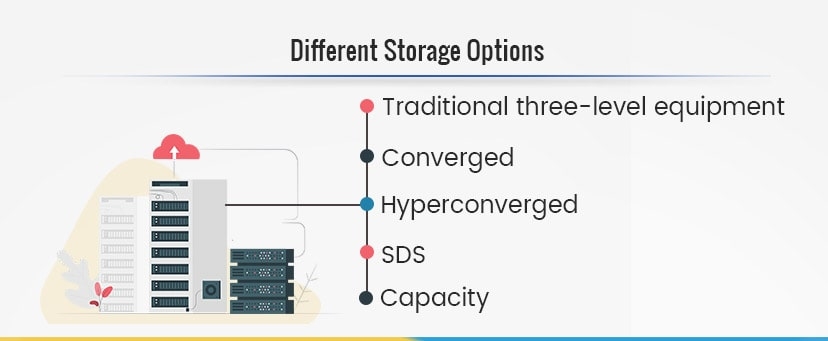
Hyperconverged and SDS offer a lot of adaptability and proficiency even with the tremendous measures of information being created that as opposed to inquiring as to why you should utilize them, it might be a superior plan to inquire as to why you shouldn't utilize them.
Every circumstance is interesting and you may have strong explanations behind picking the more established three-layered or combined. Be that as it may, by and large, hyper-converged and SDS would be an improvement and a superior venture.
As usual, think about the entirety of your choices and counsel with your record official before choosing what sort of server stockpiling is best for you.
To begin with, we should investigate what each sort of storage offers:
- Traditional three-level equipment: The process, stockpiling organizing, and the storage itself each run freely of the other two. On the off chance that your framework needs one explicit storage more than another, for example, ingesting a ton of data into profound stockpiling absent a lot of need to get to it, three-layered can take into consideration the storage to become quicker than different levels. Be that as it may, this is the exemption as opposed to the standard as a rule.
- Converged: Practically, this implies every one of the three levels is obtained on the double in a rack. From an operational angle, they work equivalent to customary three-level stockpiling. Nonetheless, from a buying point of view, they are "combined." This makes it simpler to execute and incorporate than purchasing three separate segments and can bode well for bigger associations obtaining in bigger units.
- Hyperconverged: By joining the three levels into a solitary unit, they can be overseen together from one point, instead of three, decreasing the workforce you have to work them. In case you're increasingly alright with a typical toolset to deal with your stockpiling, hyper-converged can offer that. It very well may be progressively costly to fire up, yet with normally lower support costs, greater adaptability, and more effectiveness, it has a superior expense of responsibility forever.
- SDS: SDS is a virtualized stockpiling that is like hyper-converged, except for the register lives where it does generally, rather than in a similar spot as the storage. The equipment itself is universally useful, which implies the storage can be adaptable relying upon the necessities of your organization. That can bring down expenses and streamline methodology.
- Storage limit alludes to how a lot of circle space at least one stockpiling gadgets gives. It gauges how much information a PC framework may contain. For a model, a PC with a 500GB hard drive has a storage limit of 500 gigabytes. A system server with four 1TB drives has a storage limit of 4 terabytes.
- The storage limit is frequently utilized synonymously with "circle space." However, it alludes to by and large plate space, as opposed to free circle space. For instance, a hard drive with a storage limit of 500GB may have 150MB accessible if the remainder of the plate space is as of now spent. Thusly, while checking your PC to check whether it meets a program's framework necessities, ensure you have enough free plate space to introduce the program. On the off chance that you need more circle space, you can expand your PC's stockpiling limit by including another inward or outer hard drive.
A few Enterprise server storage options
Dell EMC
No exchange of the endeavor information stockpiling market is finished without referencing Dell EMC. Since the blockbuster $67 billion merger of server and PC producer Dell with information stockpiling monster EMC in 2016, the joined organization has satisfied the EMC's heritage by staying on the outside big business stockpiling frameworks advertise, basically the exhibits that make up a SAN as well as NAS (numerous models today can pull twofold obligation), as indicated by innovation examiner firm IDC. Product offerings of note incorporate Isilon NAS stockpiling, EMC Unity cross breed streak stockpiling clusters for square and document stockpiling, SC arrangement exhibits, and the suffering VMAX group of items.
HPE
Hewlett Packard Enterprise and its Chinese joint endeavor, the New H3C Group, has outperformed Dell EMC in the general market for big business stockpiling frameworks, yet the organization still needs to make a ton of progress to make up for the lost time to it rival in the conventional stockpiling exhibit portion. Remarkable product offerings incorporate HPE 3PAR StoreServ midrange exhibits, passage level HPE StoreEasy Storage NAS frameworks and blaze empowered MSA Storage.
NetApp
Recently, NAS authority NetApp has been causing a ripple effect by including inertness busting NVMe-over-Fabrics (FC-NVMe) backing to its everything streak exhibits and offering crossbreed cloud information tiering support in its ONTAP stockpiling programming.
IBM
Like most other significant capacity sellers, IBM has come to grasp streak in its clusters completely. In 2017, the organization reported a major push into NVMe-based stockpiling in an offer to continue pushing the venture stockpiling execution envelope.
Hitachi Vantara
In September 2017, Hitachi joined Hitachi Data Systems with Pentaho and the Hitachi Insights Group to shape a backup concentrated on information mix, the Internet of Things (IoT), enormous information investigation, and obviously, undertaking to stockpile. HDS stockpiling frameworks live on as the organization's Hitachi NAS Platform and G Series exhibits.
Huawei
This Chinese innovation organization is rapidly developing its piece of the pie, as indicated by IDC. Its extending item portfolio incorporates all-streak OceanStor Dorado V3 exhibits with NVMe backing and OceanStor 18000 V5 half breed streak stockpiling frameworks.
Conclusion
Rethinking server storage has become a need of the hour. You can no-longer store information in the way that you used to. You now need to replace your External Hard Drives, Floppy, Zip & Removable Drives, Internal Hard Drives, etc with cloud or other server storage options.
I hope you now have clarity on what else you can do to revisit your server storage ideas.


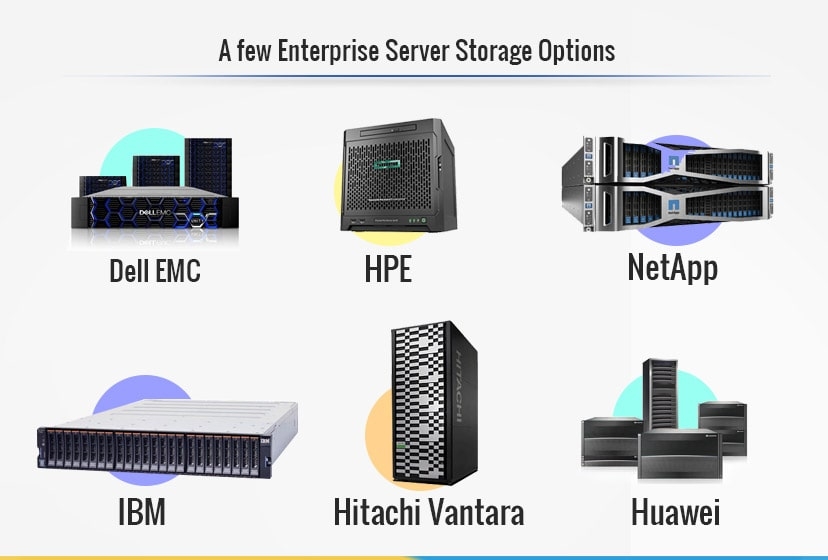

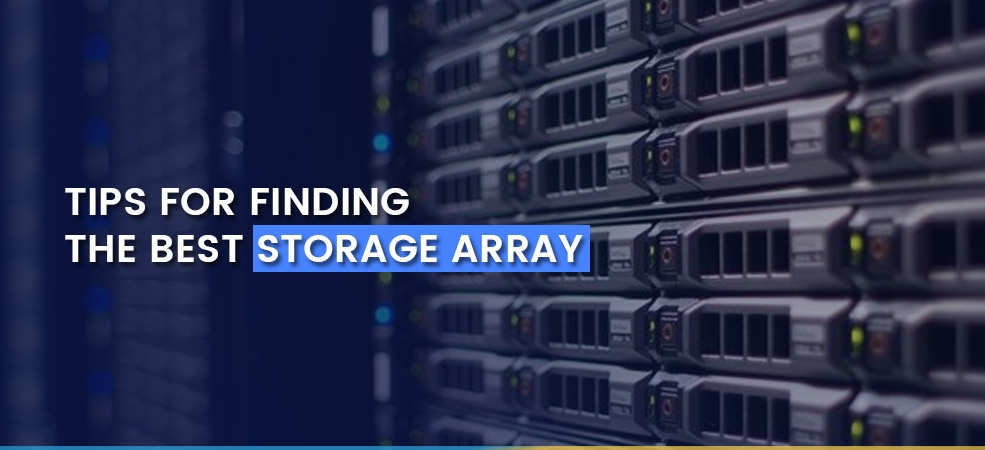
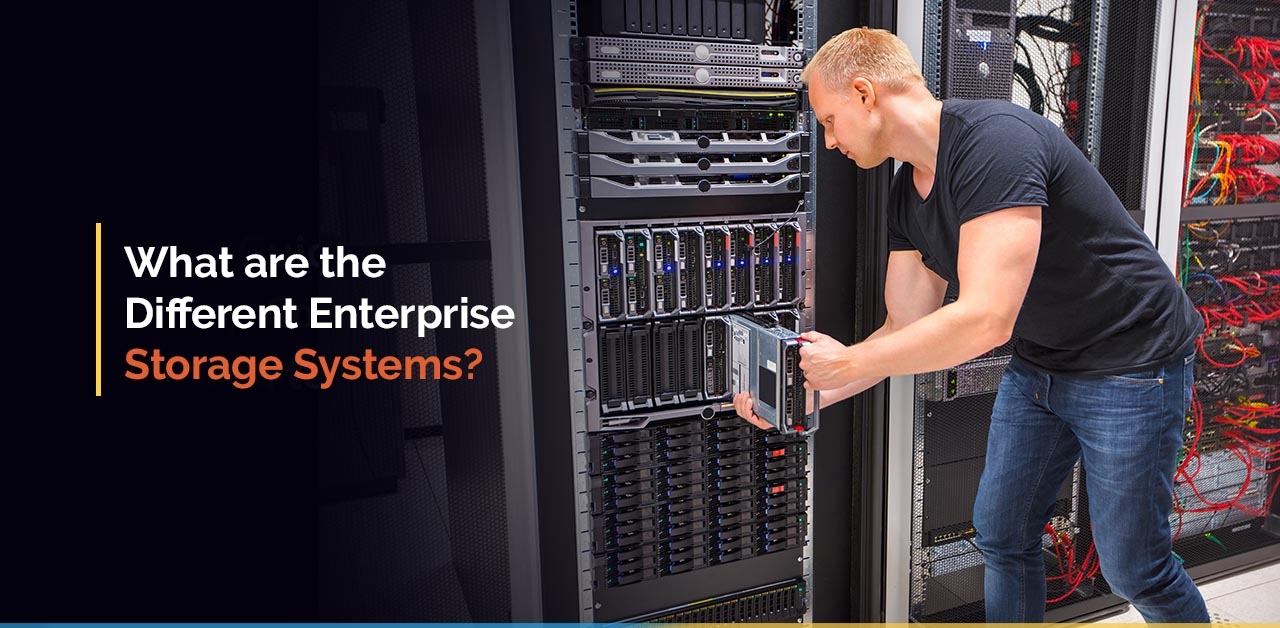
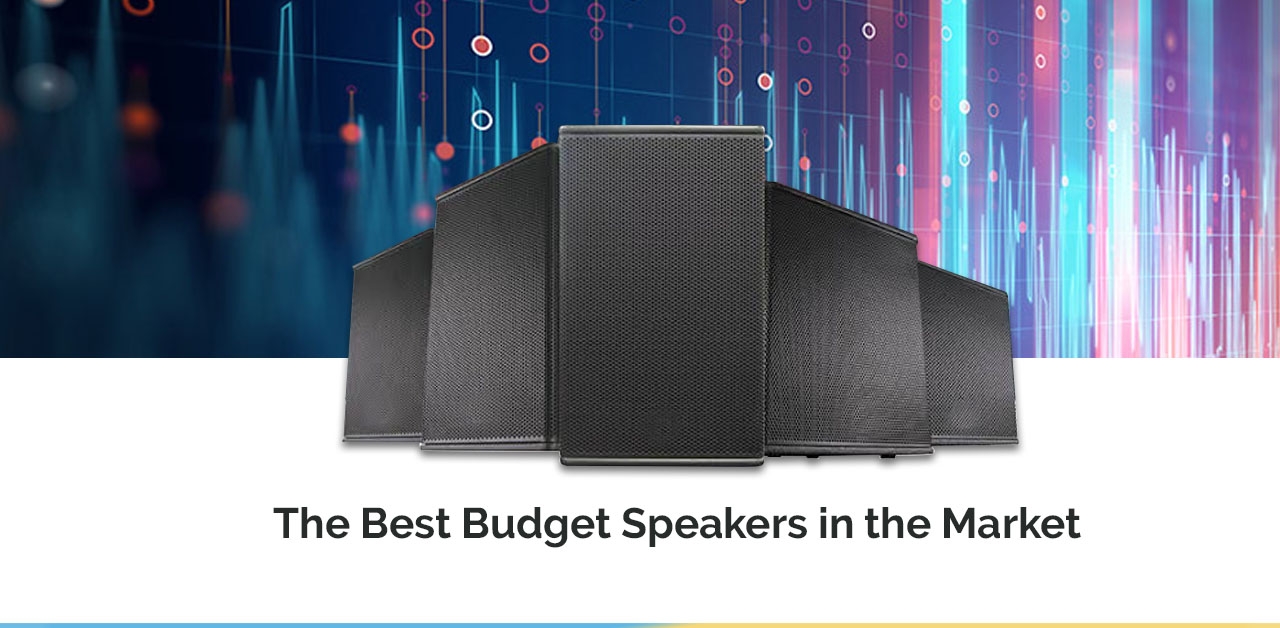
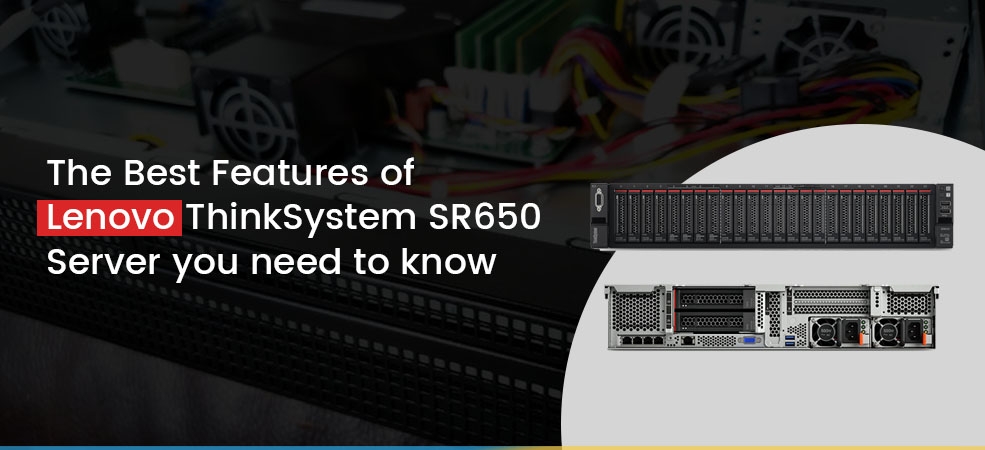


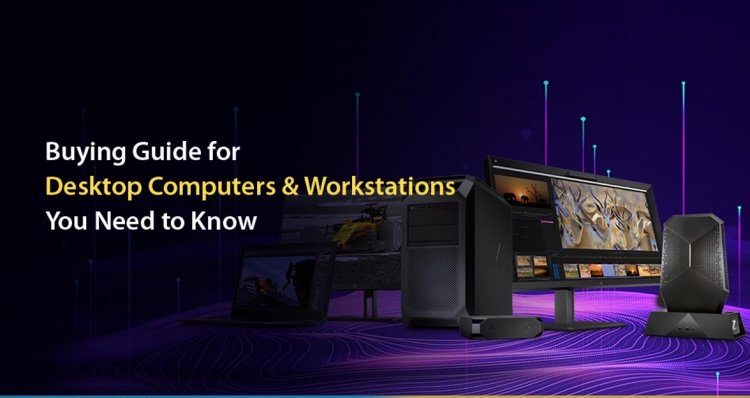

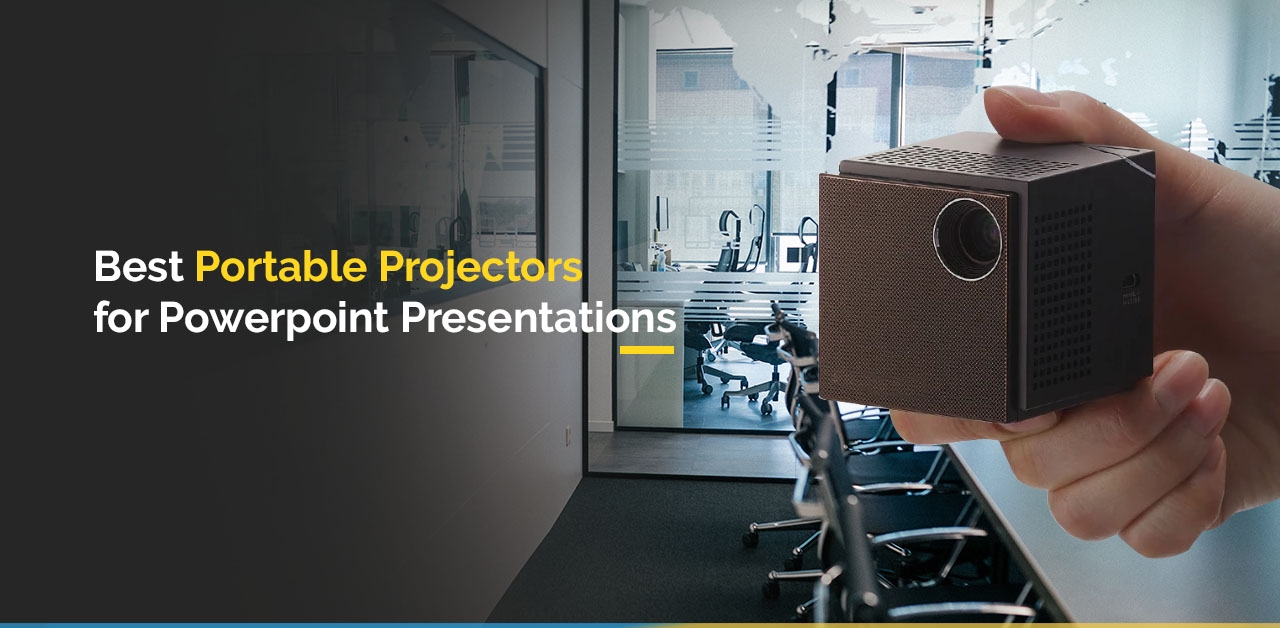


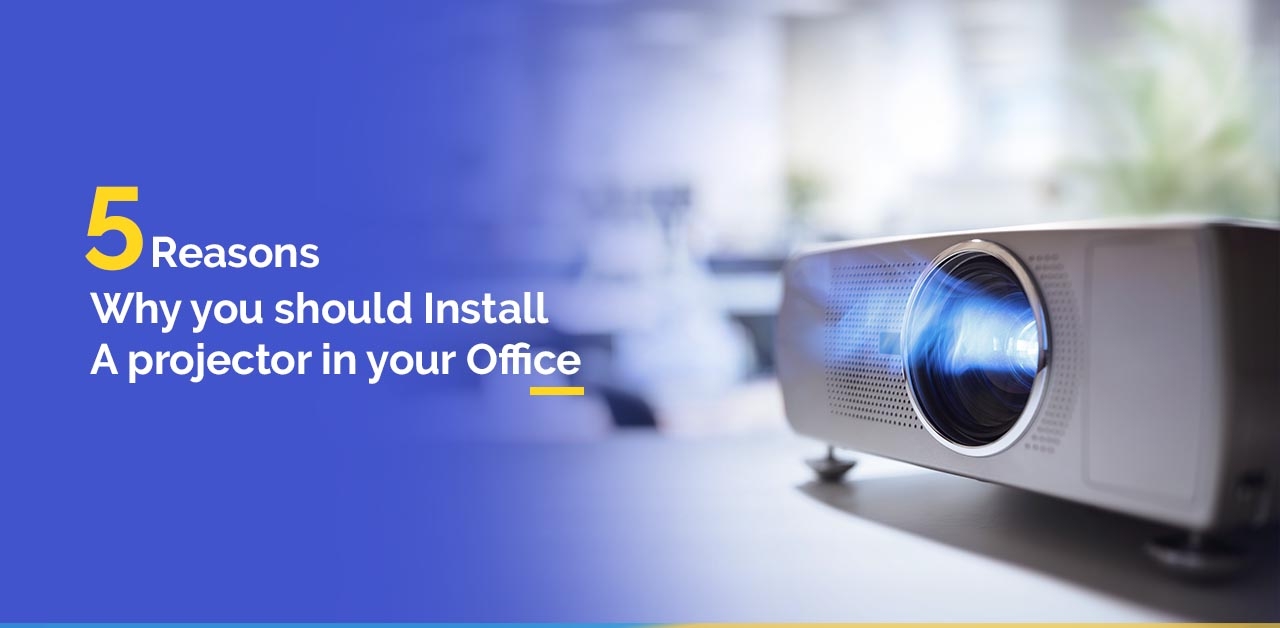






Comments (0)